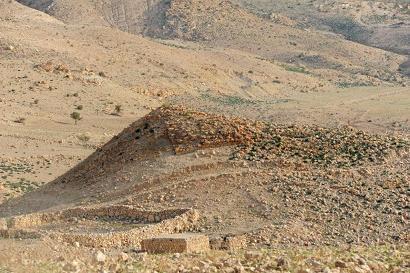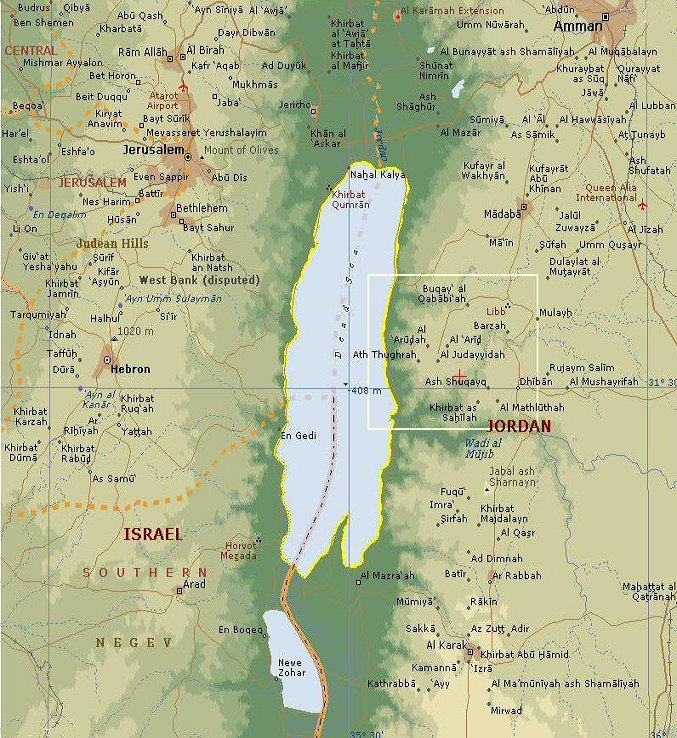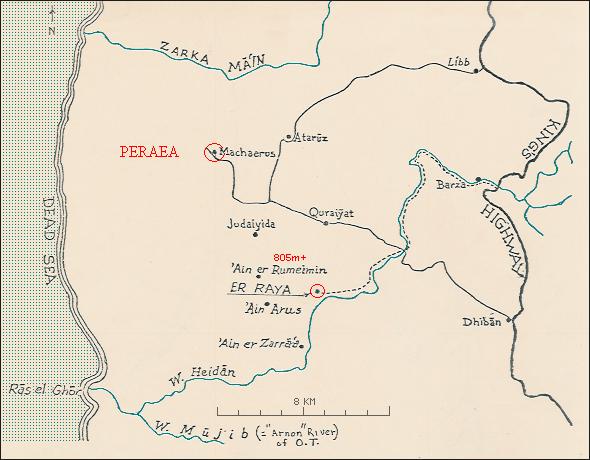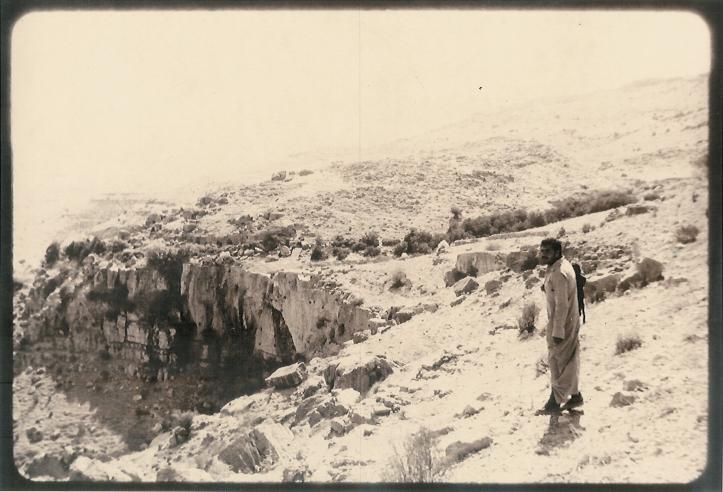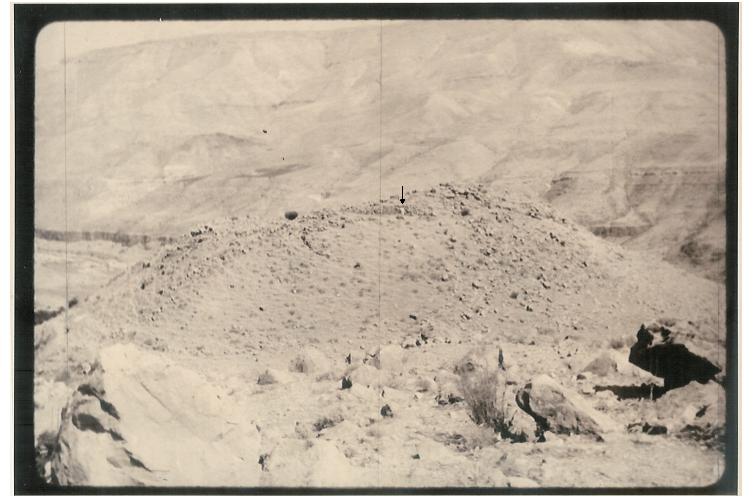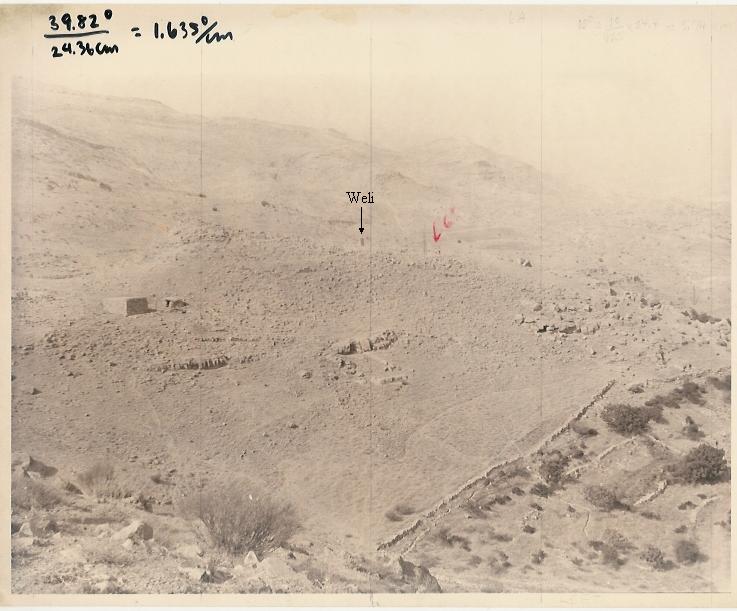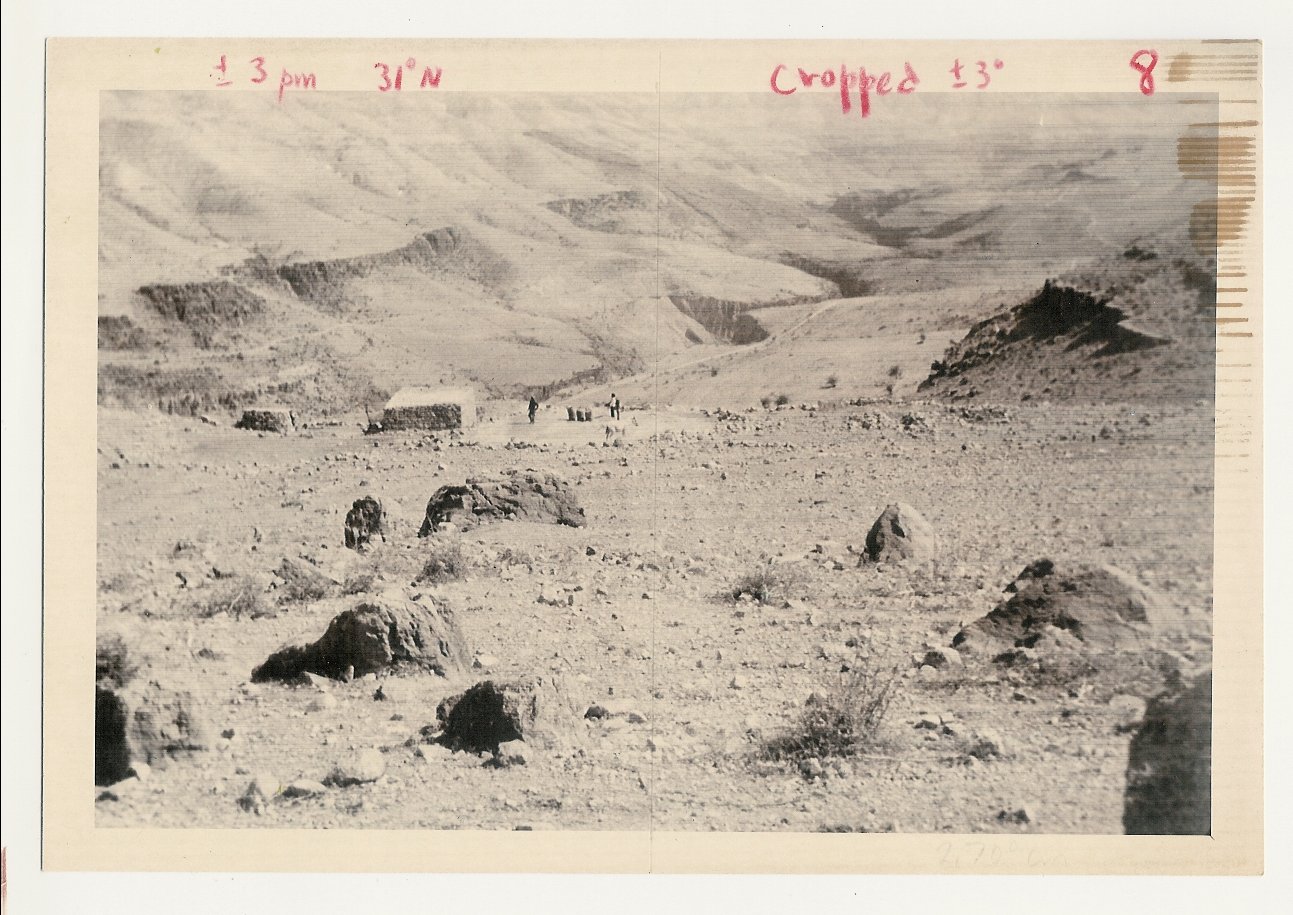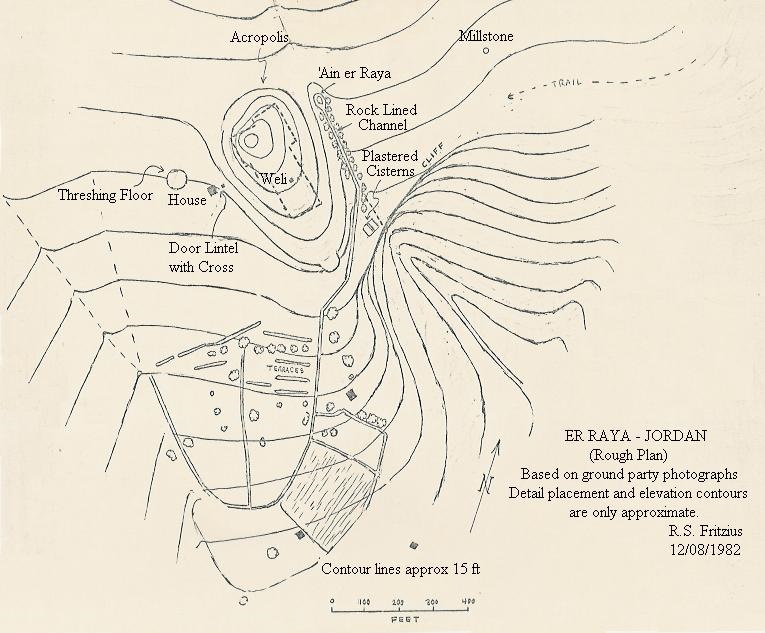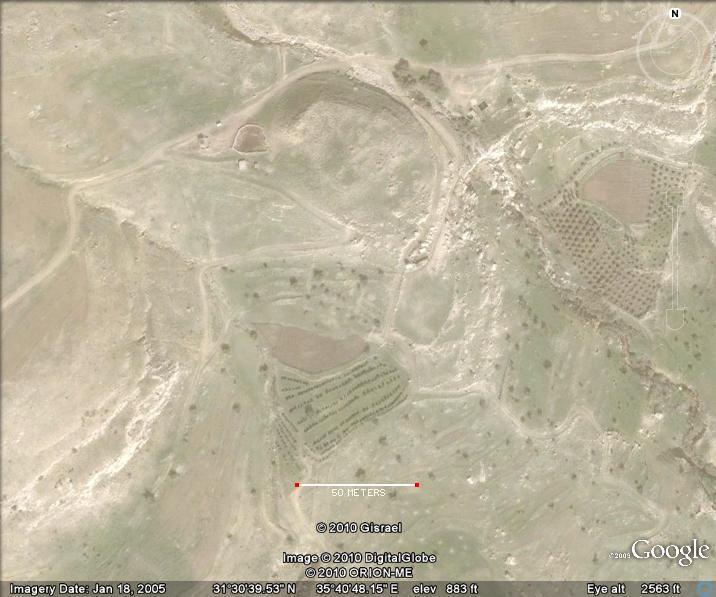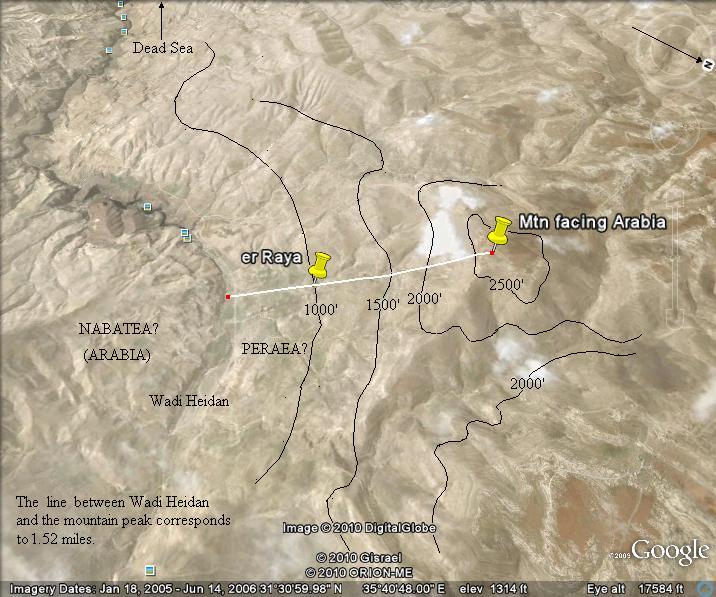|
Almost all of the Herodian fortress palaces which are mentioned in
the New Testament and Josephus have now been identified satisfactorily. One of
those Herodian fortresses whose location still remains unknown is Herodium beyond
Jordan. This place is mentioned only by Josephus (War I. 21.10 [419]) in the
whole of the ancient literature now available. The following article is presented
because the writer feels that this lost fortress has been satisfactorily identified
in recent days. In relocating this spot, Perea's southern boundary in Herodian times
has been clarified, as well.
Various scholars have attempted to identify Herodium beyond Jordan, or
to solve the problem in other ways. Charles Clermont-Ganneau believed that Herodium
beyond Jordan was simply another name which Josephus used for Machaerus; he suggested
that these two places were one and the same.1 Alexis Mallon, on the other
hand, thought that El Hubeisa, in the area of the ancient "fields of Moab" in the
Jordan Valley, was the true site of Herodium beyond Jordan. A. Segal boldy
ventured the opinion that there was no "Herodium beyond Jordan," and that one should
understand by this reference that Josephus means the same place as Herodium near
Bethlehem.3 Other brief notices on Herodium beyond Jordan have appeared in
recent years, but mostly older views have been restated and little or no real advance
in locating the lost fortress of Herodium beyond Jordan has been made.4
Any new light concerning the location of Herodium beyond Jordan is welcome, therefore.
______________________
1
See his Recueil d'Archéologie Orinetale. (Paris: E. Leroux, 1885-.) See:
Vol. II (Juin 1897, Livraison 13), p. 200, note 2. Cf. A. Schlatter.
Z.D.P.V, XIX, p. 228, Cf. A. Kammerer, Pétra et la Nabatène
(Paris: P. Geuthner, 1929), Texte, p.246, n.1 and Carte I.
2
See his article in Biblica (1933), "Deux fortresses au pied des monts de Moab," pp.
401-407. Cf. F.-M. Abel, Histoire de la Palestine. Paris: Gabalda, 1952,
I, p.371, note 5.
3
See I.E.J. 23 (1973), pp. 27-29; esp. p. 29, note 16; Cf. the author's response
to Segal in I.E.J. 25, pp. 45-46, esp. 46.
4
For other material on this problem, see American Journal of Archaeology 35 (1934),
p. 289; T.O. Hall, "Herodium in Perea," Interpreter's Dict.of Bible, Suppl.
Vol., pp. 409-410; R.W. Funk, "Herodium," Interpreter's Dict. of Bible, Vol.
2, pp. 595-596, esp. p. 595. Does Funk Confuse "Idumea" with "Arabia" at that time?
| |
